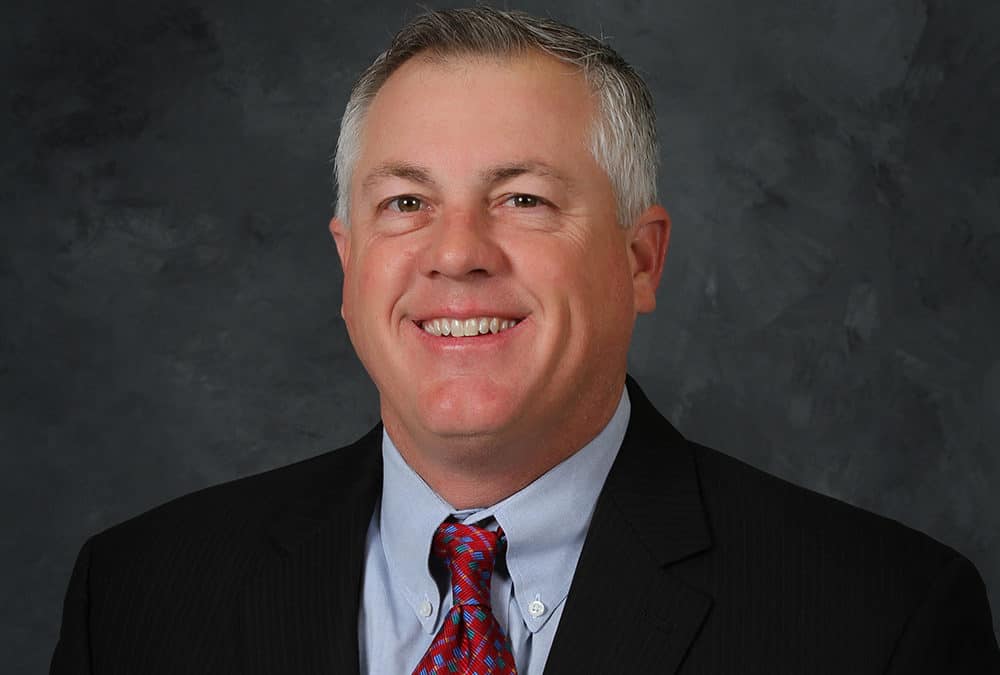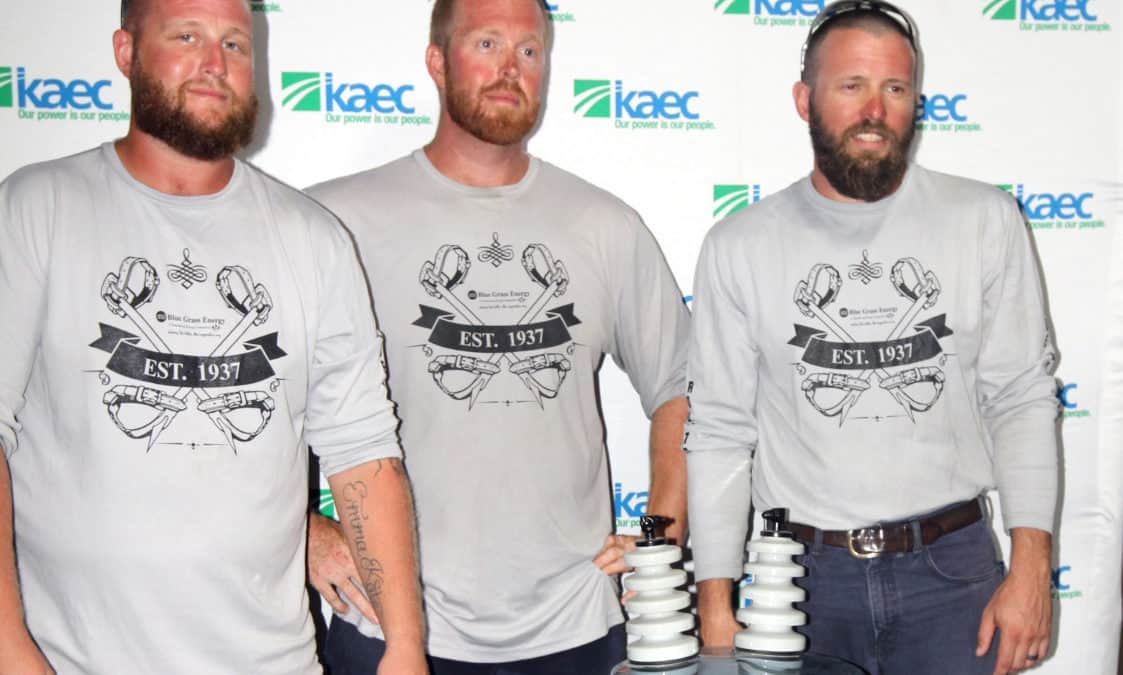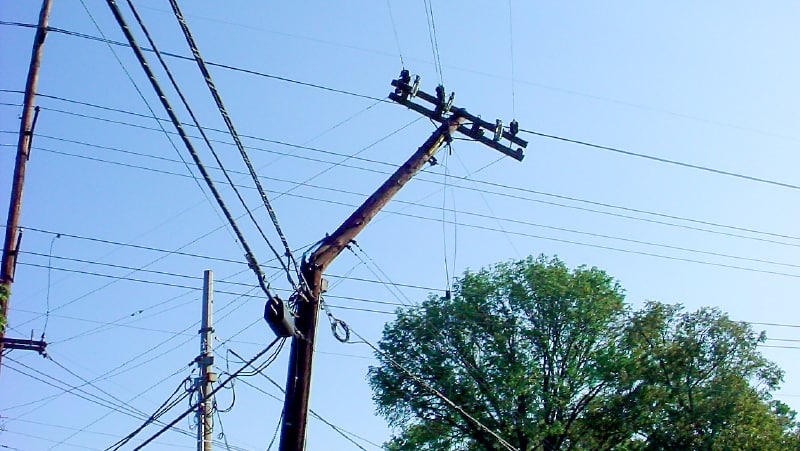Greg Grissom elected president and CEO by electric cooperative board
Paducah (September 25, 2018) – The Board of Directors of Jackson Purchase Energy Corporation (JPEC) is pleased to announce that Greg Grissom has been unanimously elected president and CEO of the electric cooperative.
Grissom, a native of Hickman, brings nearly twenty years of co-op executive experience to his new role heading JPEC which serves about 30,000 consumer-members in six western Kentucky counties. He begins in the new role on December 3.
“This is an exciting day for Jackson Purchase Energy,” said JPEC Board Chairman Erick Harris. “Our talented employees and loyal consumer-members are getting a proven leader who understands both the important role JPEC plays in our communities and the challenges faced by electric cooperatives across America.”
Harris thanked Michael W. Chambliss, Vice President of System Operations for power generation partner Big Rivers Electric, for serving as Interim CEO during the executive search.
Grissom comes to JPEC after serving three years as Chief Executive Officer and President at Pennyrile Rural Electric Cooperative Corporation in Hopkinsville. Prior to that, Grissom was President and Chief Executive Officer of Hickman Fulton Electric Cooperative in Hickman, Kentucky since November 2000. He is a graduate of Murray State University and of the Management Internship Program of the National Rural Electric Cooperative Association.
“I look forward to engaging with our consumer-members and helping our communities prosper,” Grissom said. “I want all of us to be proud of the role Jackson Purchase Energy plays in our lives. Whether you are a consumer-member, an employee or a board member, we’re all in this together. That’s what being a cooperative is all about. Our partnerships with other cooperatives can help us to deliver on our goals safely, efficiently and transparently.”
Pennyrile Electric Board of Directors named Vice President of Operations & Technical Services, Alan Gates, as the interim President and CEO until the position is filled.
“As we will begin the search process for a new CEO, we thank Greg for his time at Pennyrile Electric and wish him the best in his new position at Jackson Purchase,” said Pennyrile Electric Board Chair Jimmy Futrell. “With our strong management team and staff, our member-owners can be assured, there will be no interruption in the cost-effective and reliable service they are accustomed to.”
Grissom and his wife, Denise, have two children. Their daughter, Anna Gregory, is a junior at Murray State University. Their son, Greyson, is a sophomore at Trigg County High School.
Grissom is a board member of the Kentucky Association of Electric Cooperatives, United Utility Supply and Federated Rural Electric Insurance.


































































